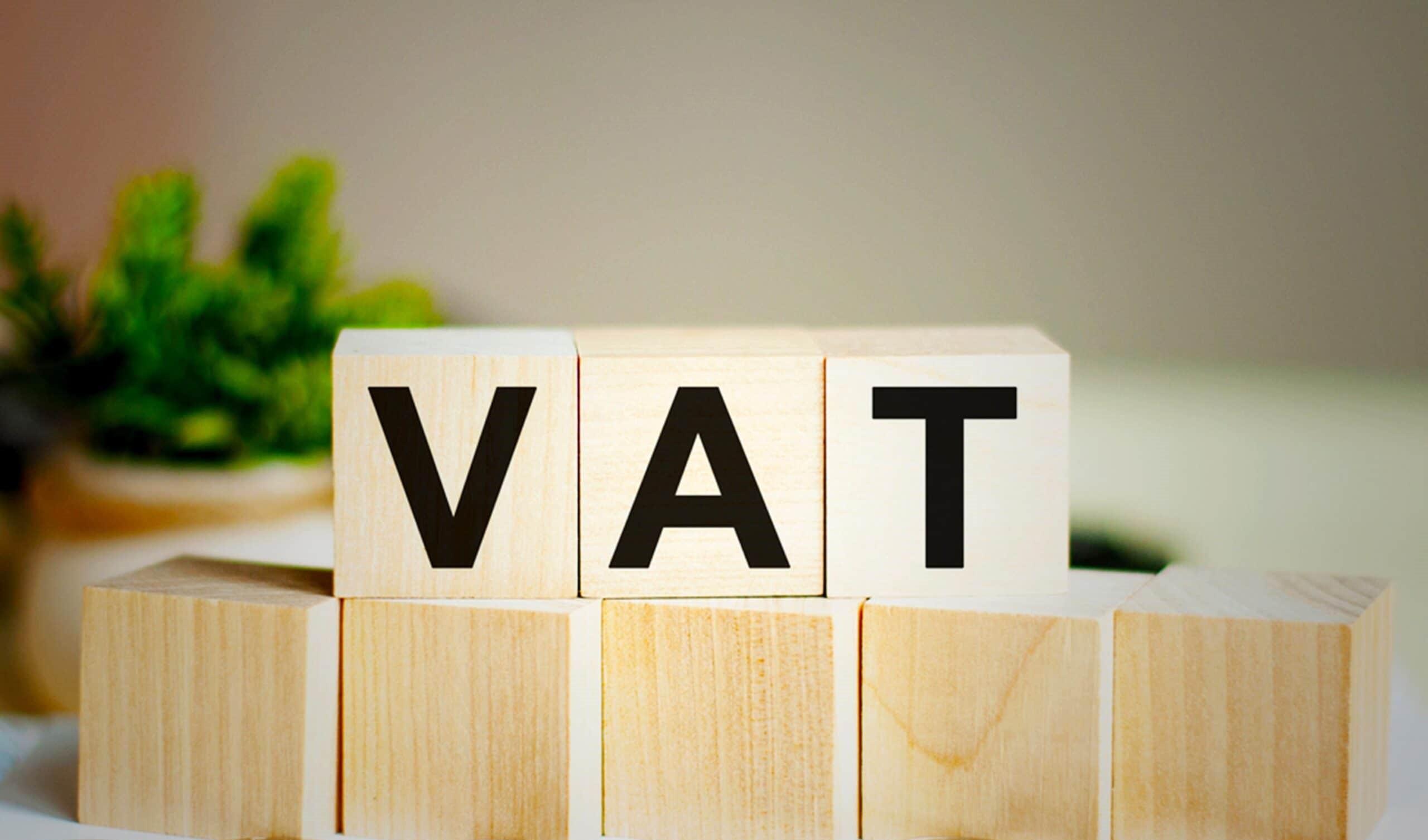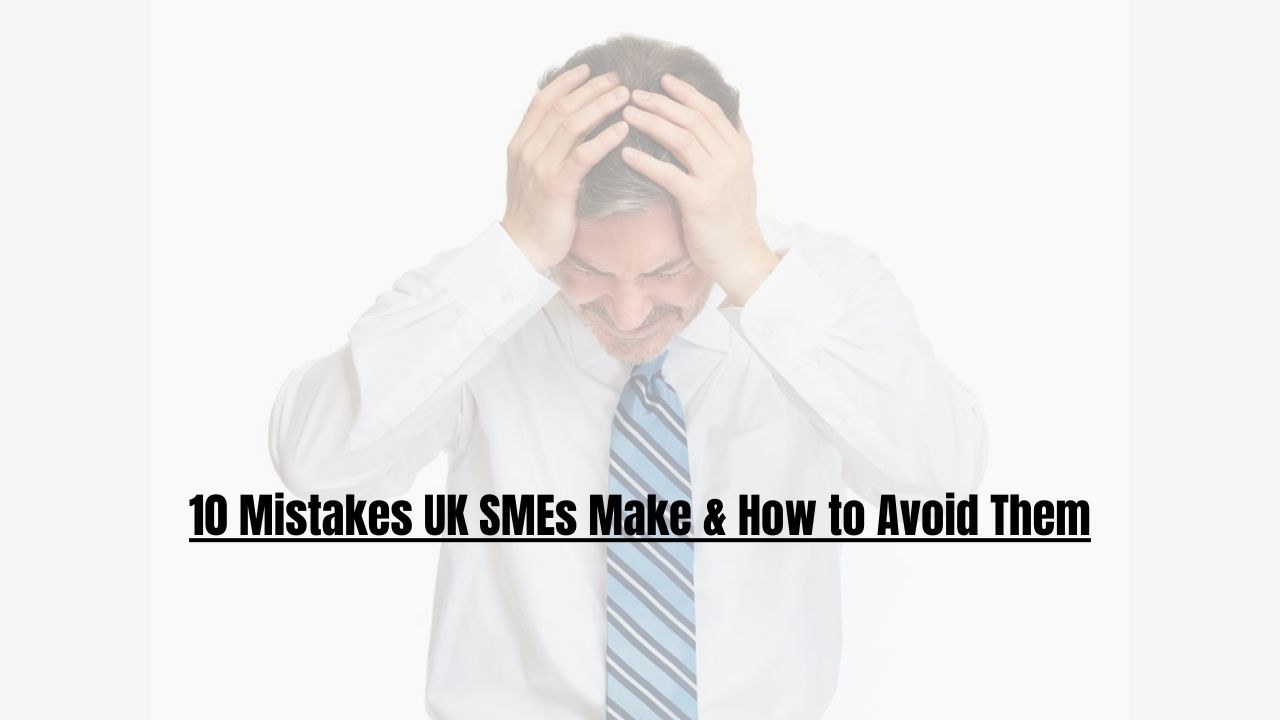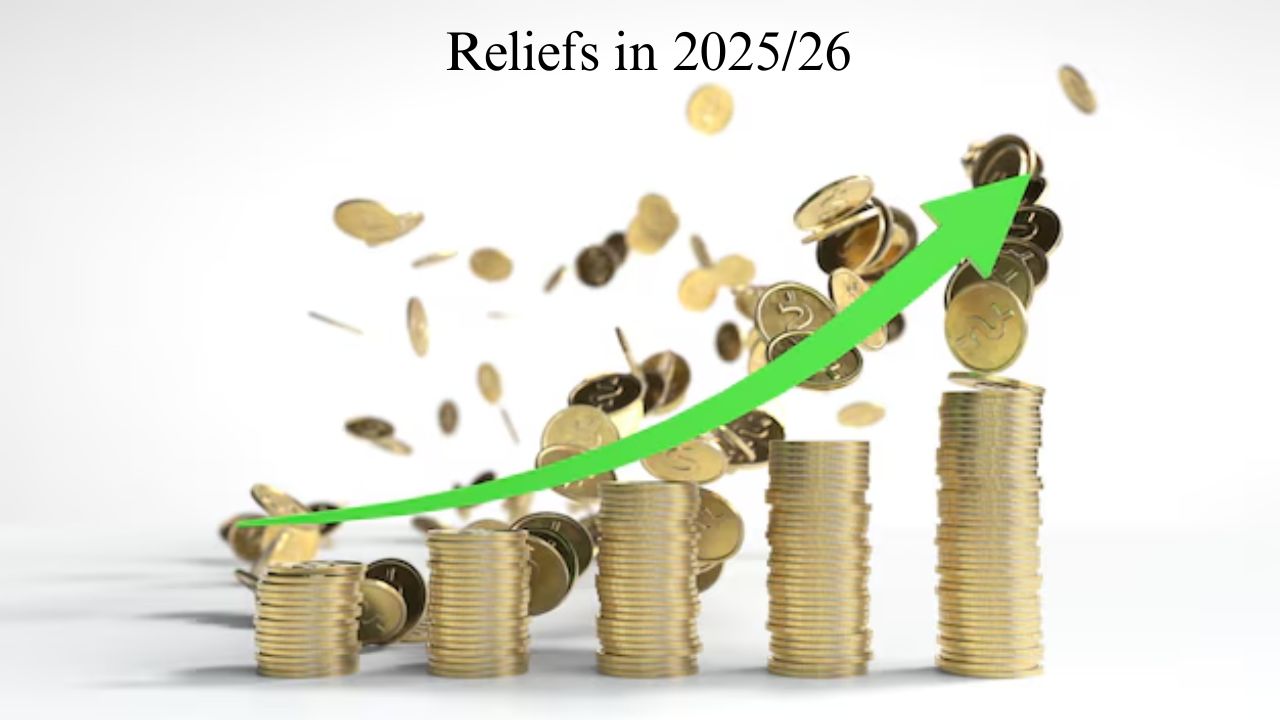
How to Register for VAT as a Small Business in the UK: A Complete Guide
If you have a small business in the UK and turnover is increasing, you might need—or indeed opt voluntarily—to register for Value Added Tax (VAT). But when do you need to? What are the advantages? And how do you register?
This TAXVAT guide takes you through the step-by-step VAT registration process in the UK, what it entails for your business, and how we can assist.
What is VAT?
VAT (Value Added Tax) is a tax levied on most goods and services bought and sold in the UK. VAT-registered businesses are required to:
- Charge VAT on sales
- File VAT returns with HMRC
- Pay VAT to HMRC (or reclaim it, if qualifying)
Do You Need to Register for VAT?
You need to register for VAT if:
- Your taxable turnover is more than £90,000 (as of 2024) in any 12-month rolling period
- Your turnover is likely to exceed the threshold in the next 30 days
- You operate outside the UK but supply goods or services in the UK
You can register voluntarily even if your turnover is under the threshold—this is usually a good idea if:
- Your customers are VAT-registered and can claim back it
- You wish to claim back VAT on business costs
- You wish to increase business credibility
How to Register for VAT: Step-by-Step
1. Set Up a Government Gateway Account: Visit the HMRC website and register for a Government Gateway account if you don't already have one.
2. Get Your Business Details Ready:
- Trading address and business name
- National Insurance number (if you are a sole trader)
- Information about turnover and type of your business
- Bank details
- Starting date of your VAT registration
3. Apply Online: After you've opened your account, you can register for VAT online. HMRC will issue you with a VAT registration certificate (typically in 10 working days), which you'll receive containing:
- Your VAT number
- Your effective date of registration
- When and how to submit your first VAT Return
If you're unable to register online (some partnership schemes or EU trading businesses), you'll need to use a VAT1 paper application.
4. Start Charging VAT: From the date of your successful registration, you will be required to:
- Charge VAT on all sales that are taxable
- Maintain appropriate VAT receipts and records
- Issue VAT invoices
- Make quarterly VAT returns
Which VAT Scheme is Right for You?
If you are a small business, you can take advantage of special VAT schemes:
- Flat Rate Scheme: Pay a set percentage of your turnover, rather than claiming input VAT—streamlines VAT accounting.
- Cash Accounting Scheme: Pay VAT only when you get paid by customers (instead of when you send invoices).
- Annual Accounting Scheme: File one VAT return a year instead of every quarter.
Our TAXVAT experts can guide you to understand which scheme is best for your business.
What If You Miss the Deadline and Don't Register in Time?
- HMRC can charge penalties and interest on VAT due
- You'll still have to pay VAT from the day you should have registered—even if you did not charge it to customers
- You need to monitor your turnover on a monthly basis and seek assistance early enough to avoid penalties.
Let TAXVAT Register You for VAT
VAT registration can seem like a chore—but we simplify it. At TAXVAT, we provide:
- Full VAT registration assistance
- Guidance on the most suitable VAT scheme for your business
- Assistance with VAT record keeping digitally (Making Tax Digital)
- Sustained filing and compliance of VAT returns
Get Expert VAT Support Today
Whether you’re just reaching the threshold or thinking of registering voluntarily, TAXVAT is here to guide you every step of the way.
Email: info@taxvatreturn.co.uk
Call: 01284 332375
Visit: https://taxvatreturn.co.uk



